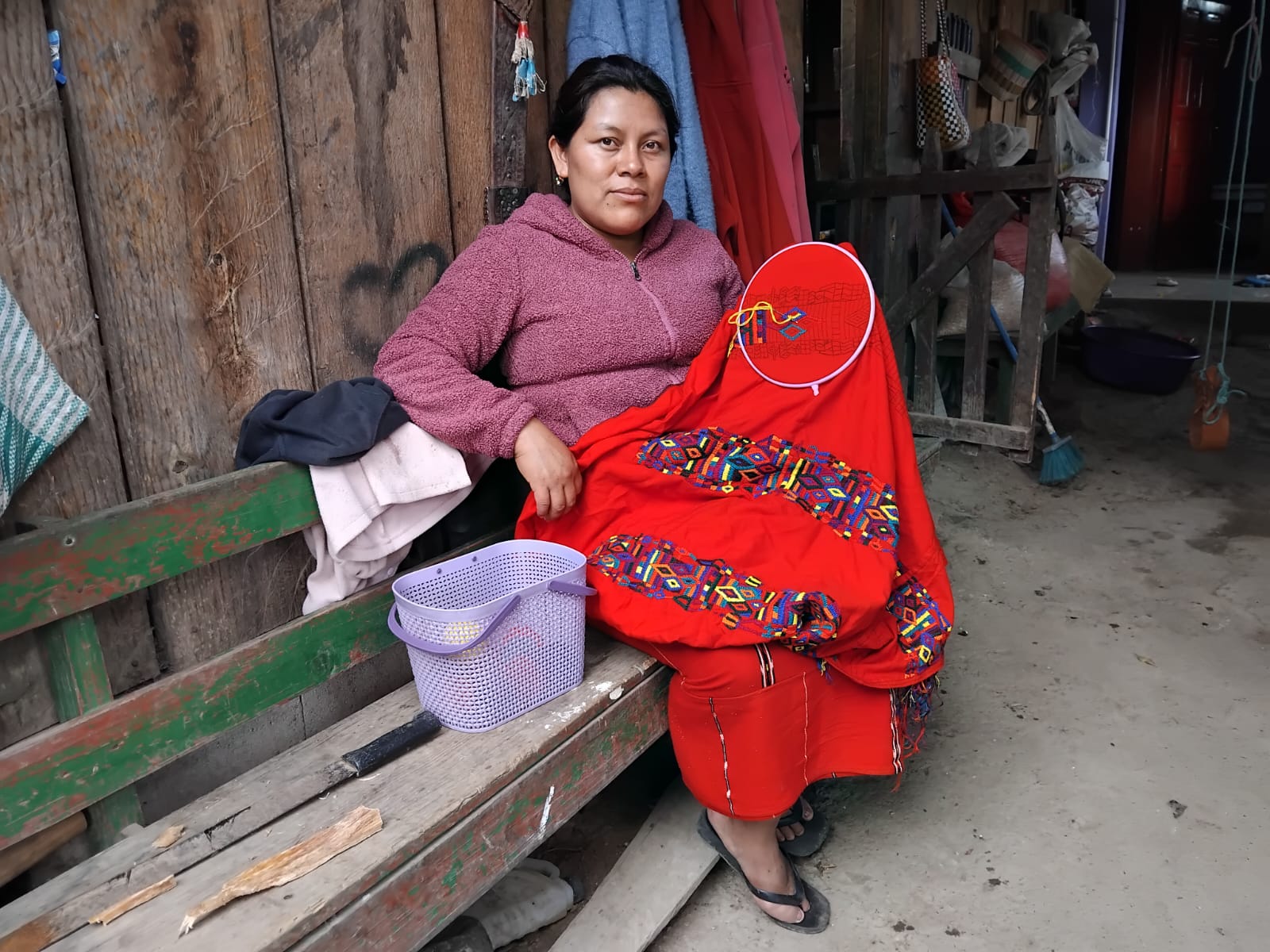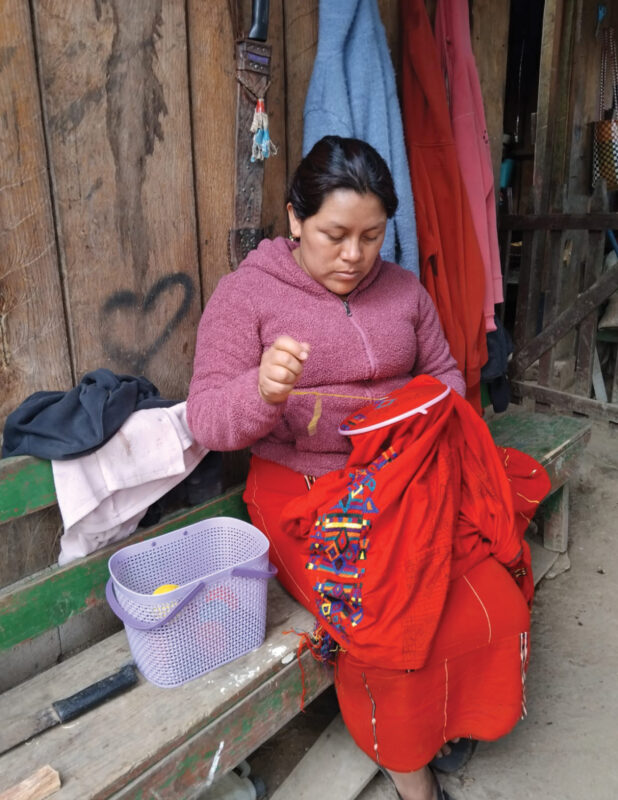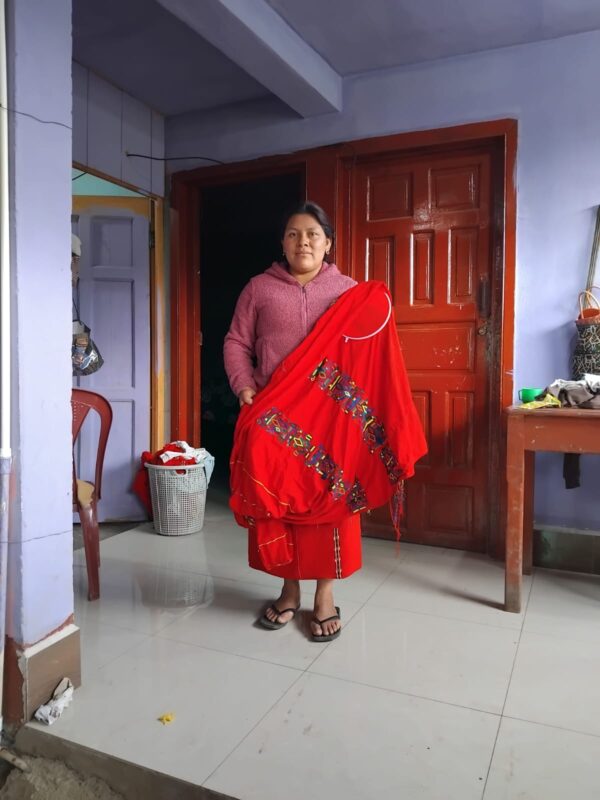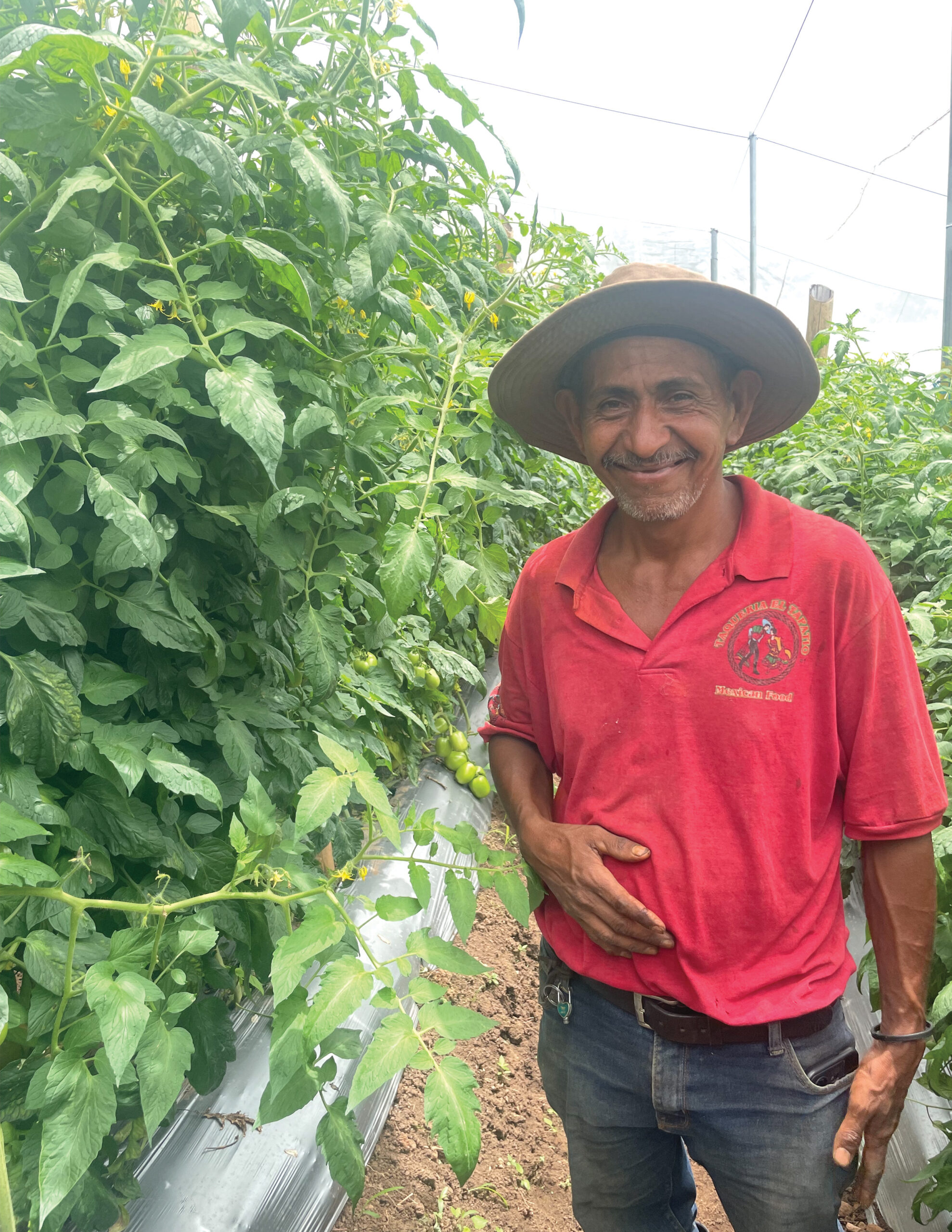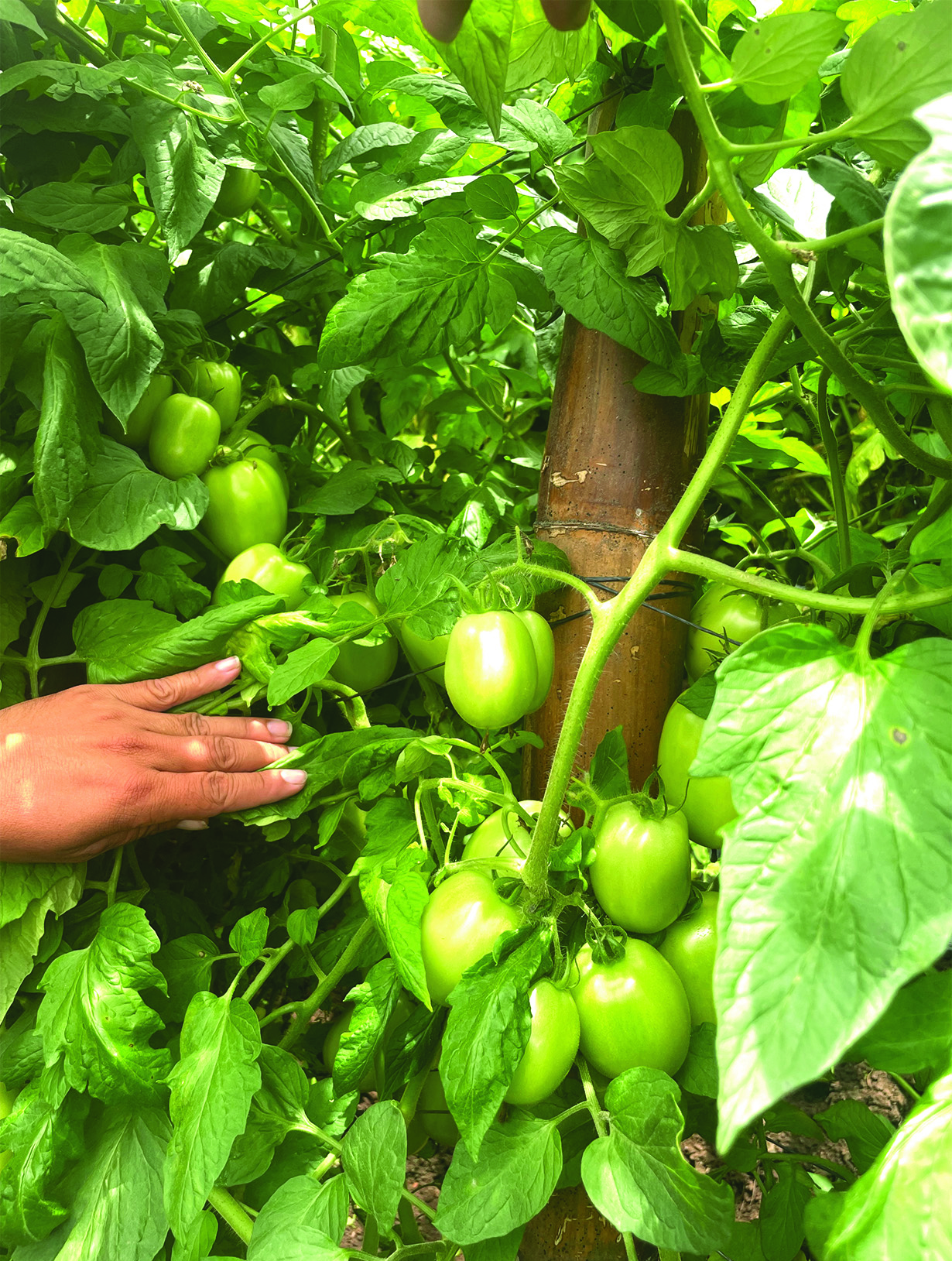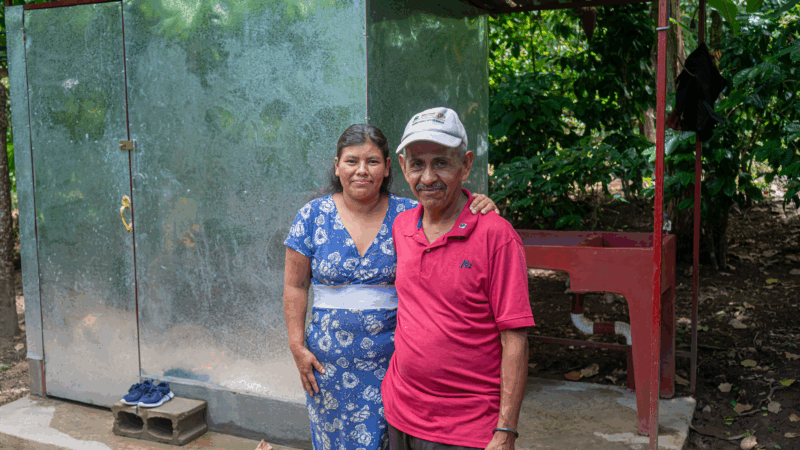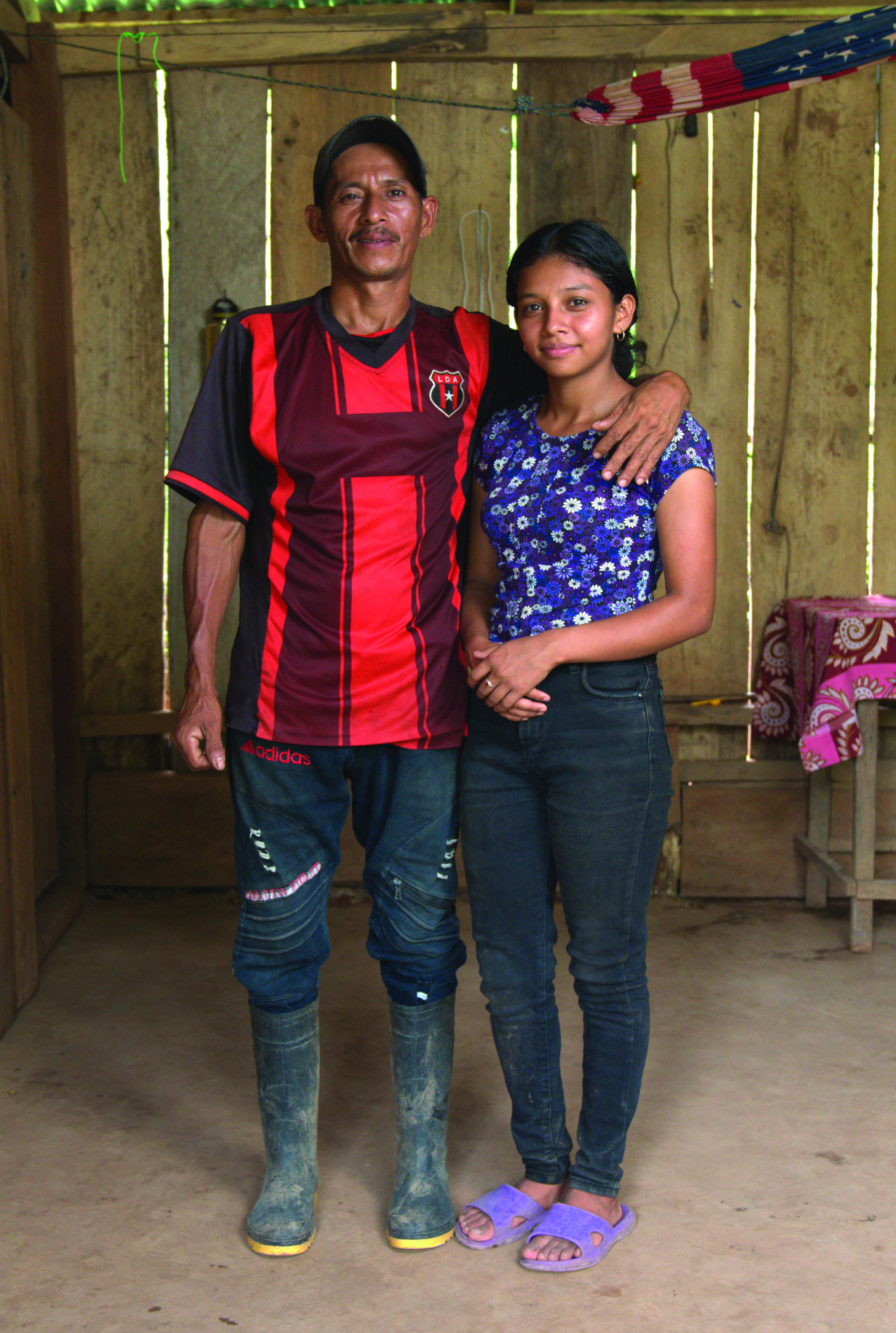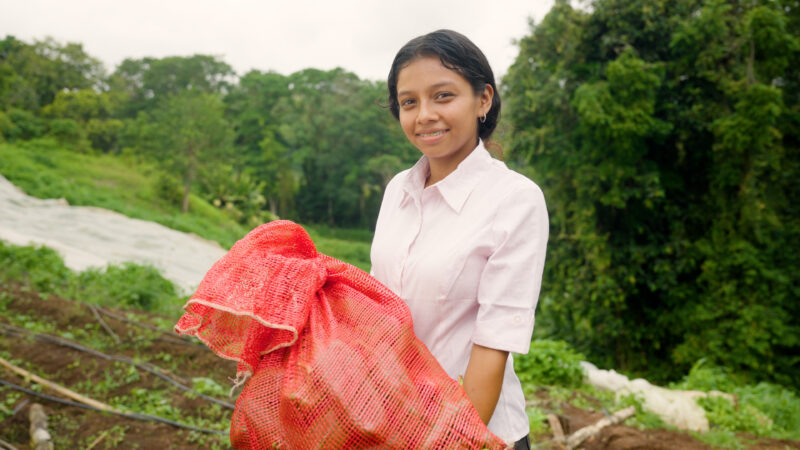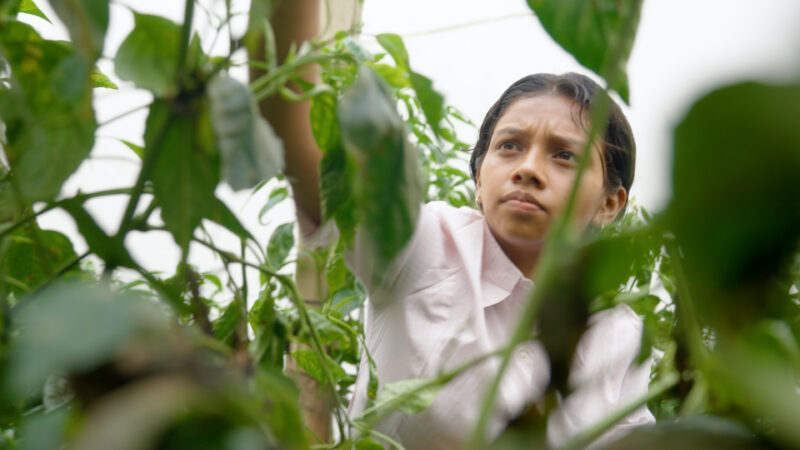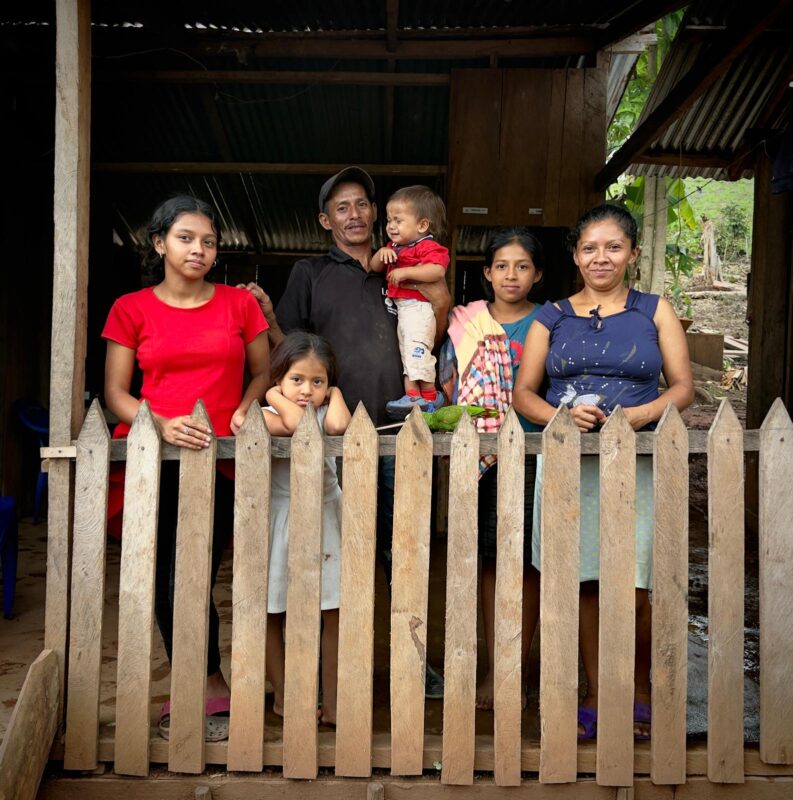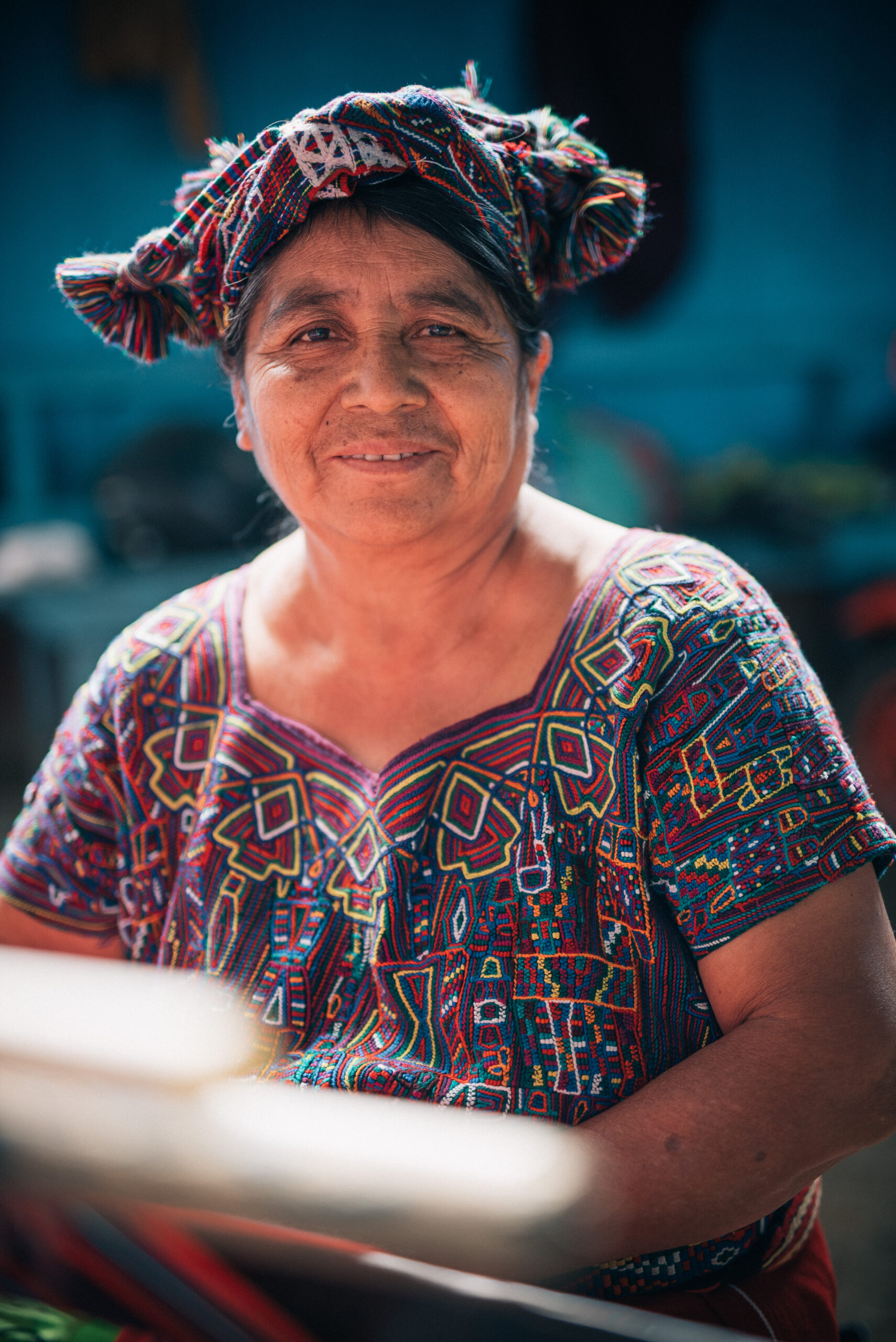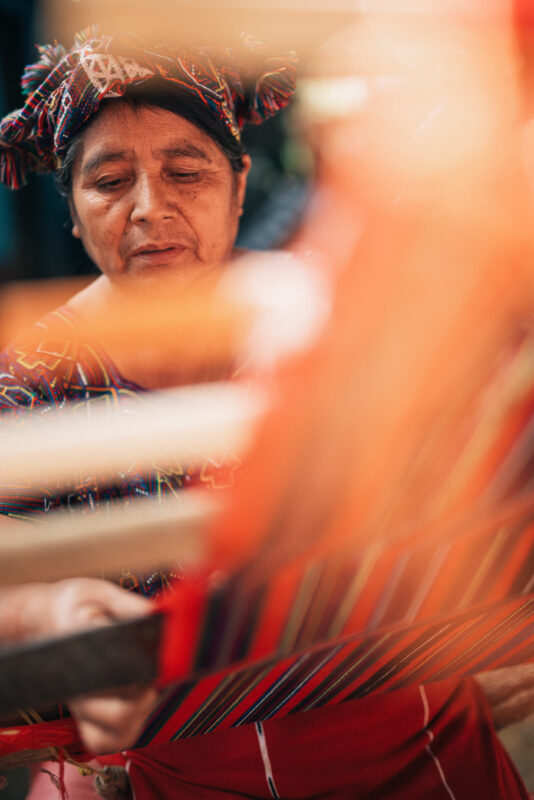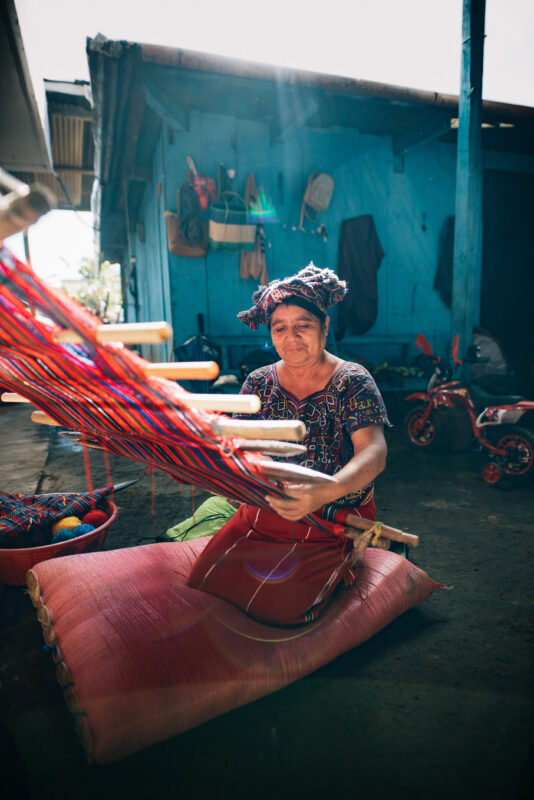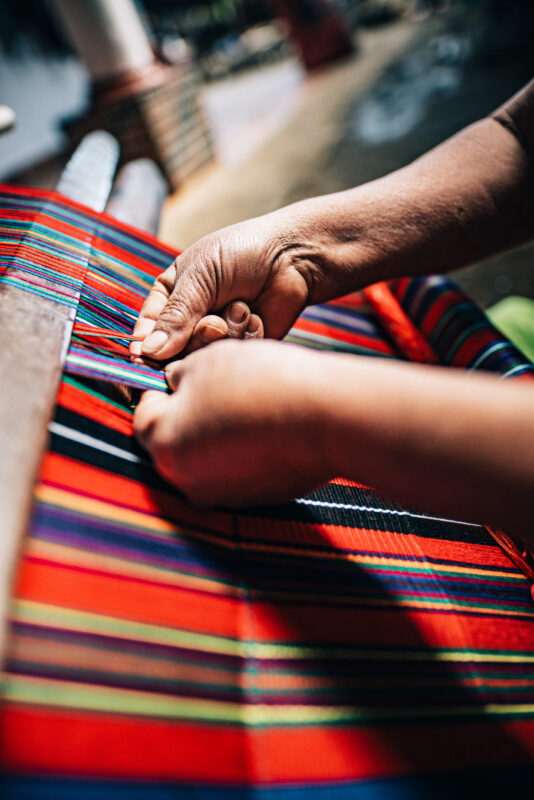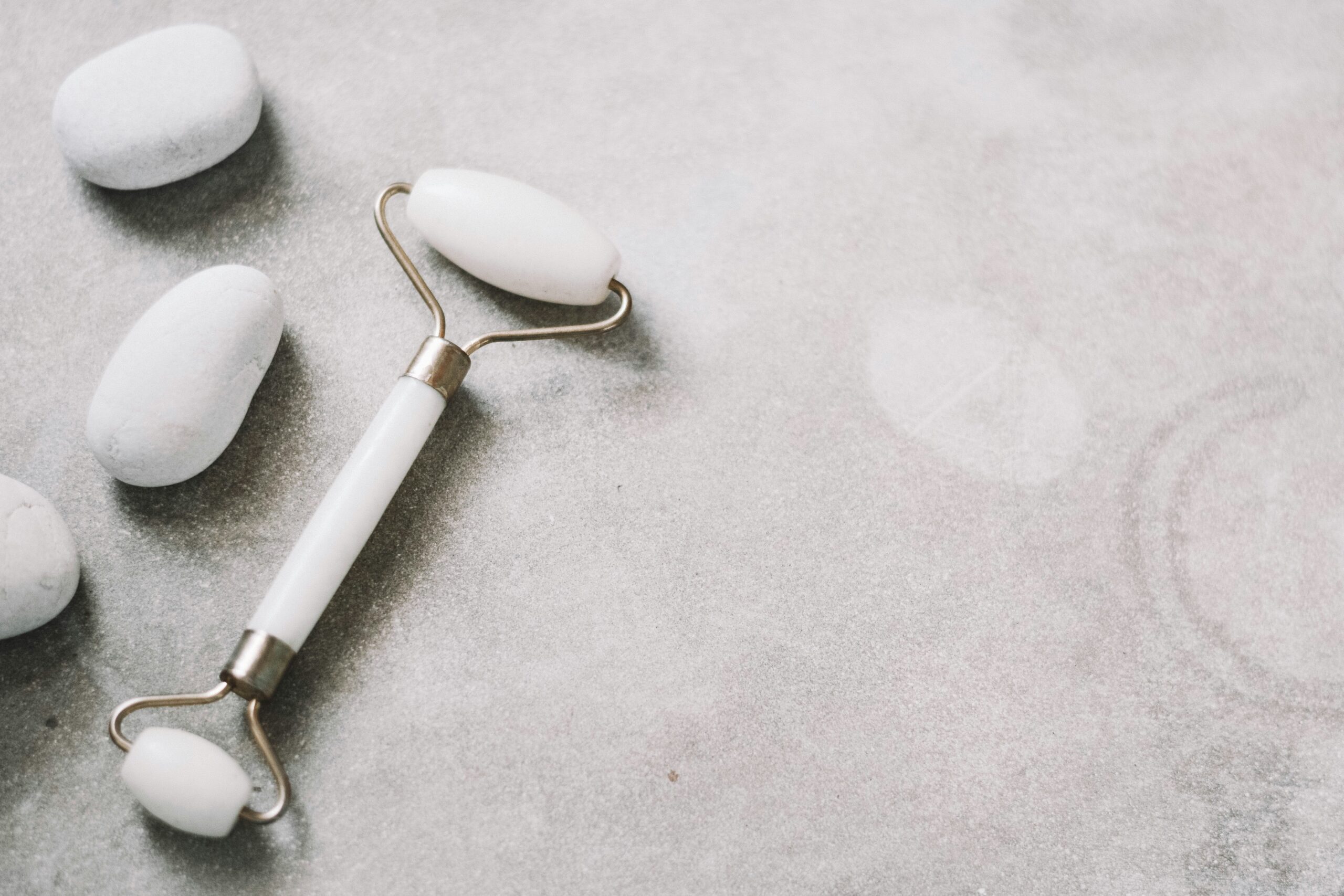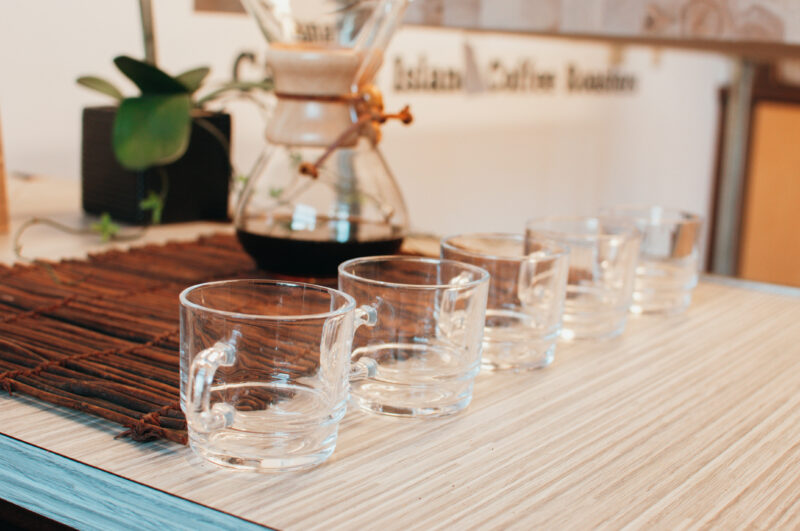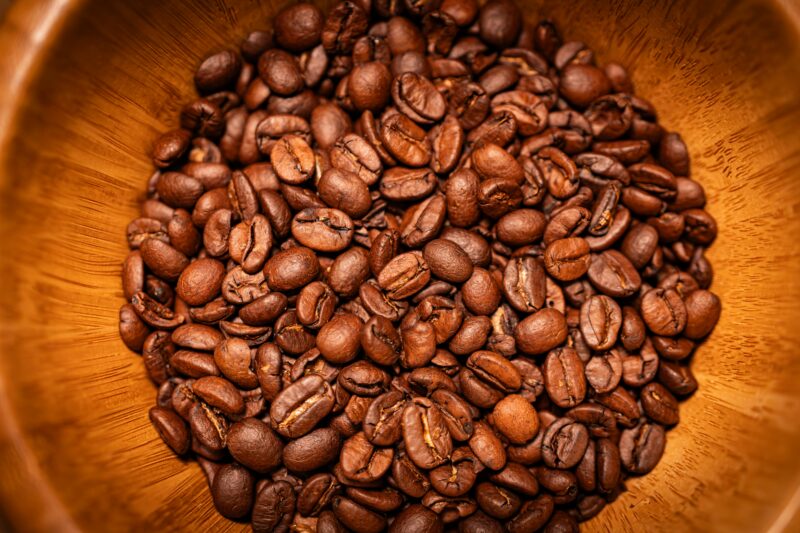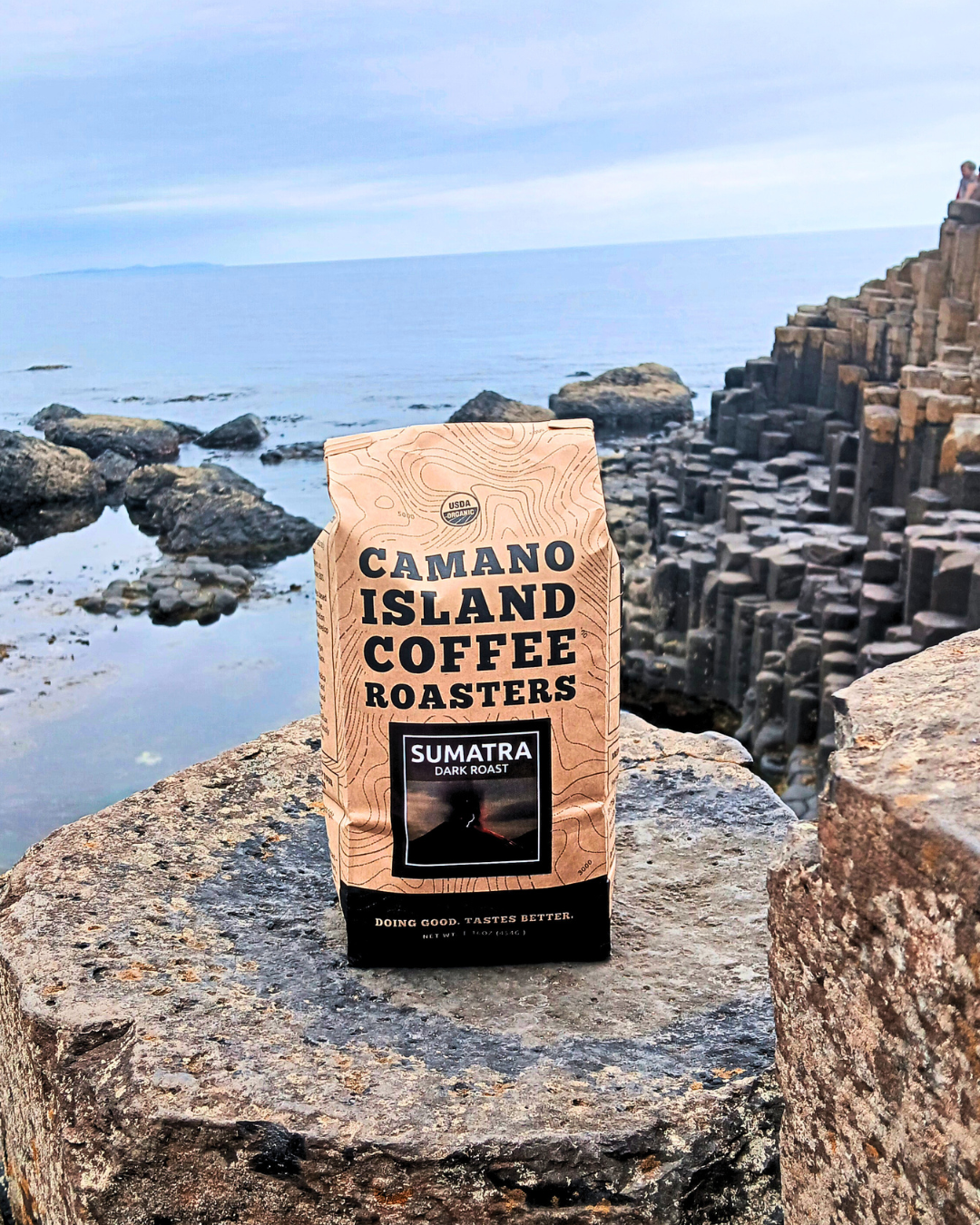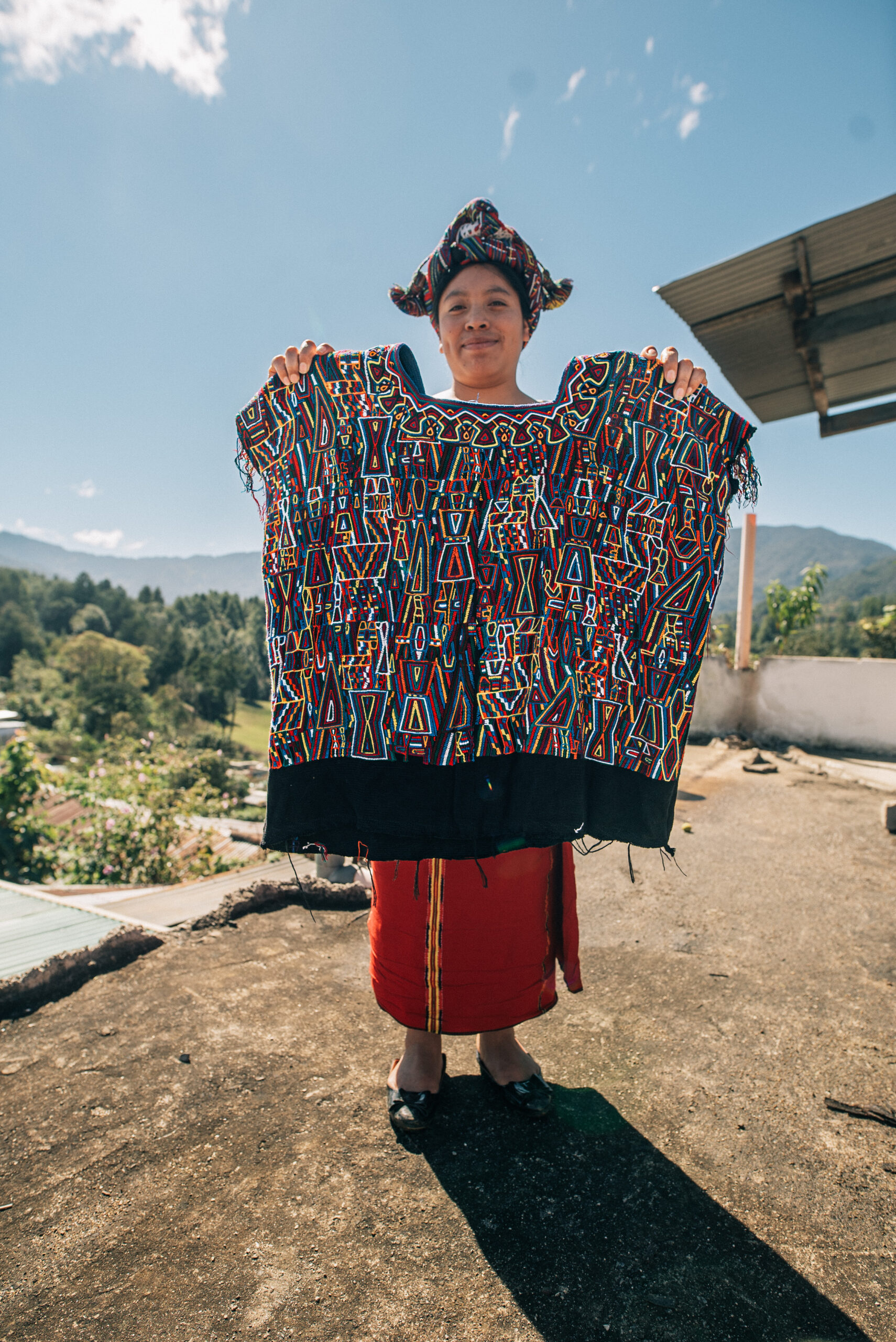
Juana López Ramírez’s Story – Woven with Faith
In a community where daily life is woven with challenges, Juana López Ramírez has stitched together more than just fabric—alongside her sisters, she has built a path toward economic independence and hope.
At 25, Juana lives with her parents and several siblings in a shared home, where teamwork and faith are the threads that hold everything together. For years, Juana and her sisters worked for a local woman, learning to weave by observing closely and practicing little by little. They wove by request, but often couldn’t afford to buy thread and had to borrow money—sometimes at high interest—just to keep going. Although they had the skills, they didn’t yet have a business of their own.
That began to change when they connected with the Women Entrepreneur Program (WEP) of Agros. With support from the program, they were able to purchase materials and their own loom—enabling them to launch a small, family-run workshop at home. What they found was more than just funding—they discovered an organization that offered practical training in small business management.
“The Agros credit officer taught me how to better manage my expenses. I learned to recognize small, unnecessary purchases—the so-called ‘silent spenders’—that were limiting my ability to save. We even realized we were at risk of falling into unnecessary debt.”
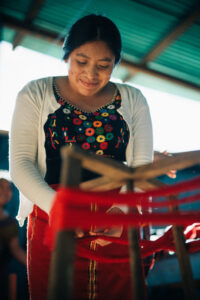

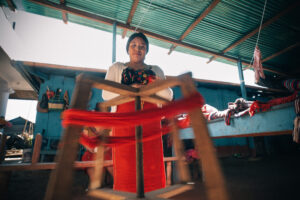
For Juana, the mentorship, training, and financing provided by WEP have been transformational. Her income has increased, and the business is steadily growing. Today, the four sisters work together creating textiles, huipiles, sashes, and embroidered cloths. While they don’t yet have a storefront, their greatest dream is to one day open a space of their own where the business can continue to expand.
Most significantly, they have begun building a new two-story home—a long-held family dream that is slowly becoming a reality. With the income they’ve earned, they’ve bought a refrigerator, a washing machine, and a dryer—freeing up precious time to focus on weaving. Beyond financial progress, the change has brought Juana something even more meaningful: the ability to support her father, an elderly farmer with no fixed income. Now, part of what they produce also helps care for the person who once cared for them.
Juana expresses gratitude for every step forward. Her favorite Bible verse stays close to her heart: “And all things, whatsoever ye shall ask in prayer, believing, ye shall receive.” — Matthew 21:22. Each day begins with a prayer of gratitude—for life, for work, for her younger siblings’ education, and for the opportunity to move forward.
Known for her kind heart, Juana is also deeply involved in her community. She enjoys volunteering and currently supports a group of young people from low-income families. Her future goals are clear: to improve their home and create a space where the family’s business can continue to grow.
In every piece they weave, there is a story of resilience, unity, and living faith.

